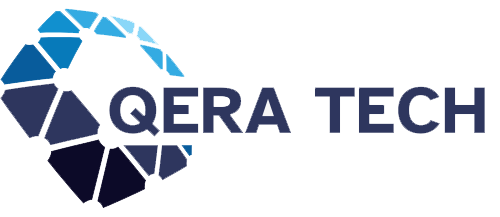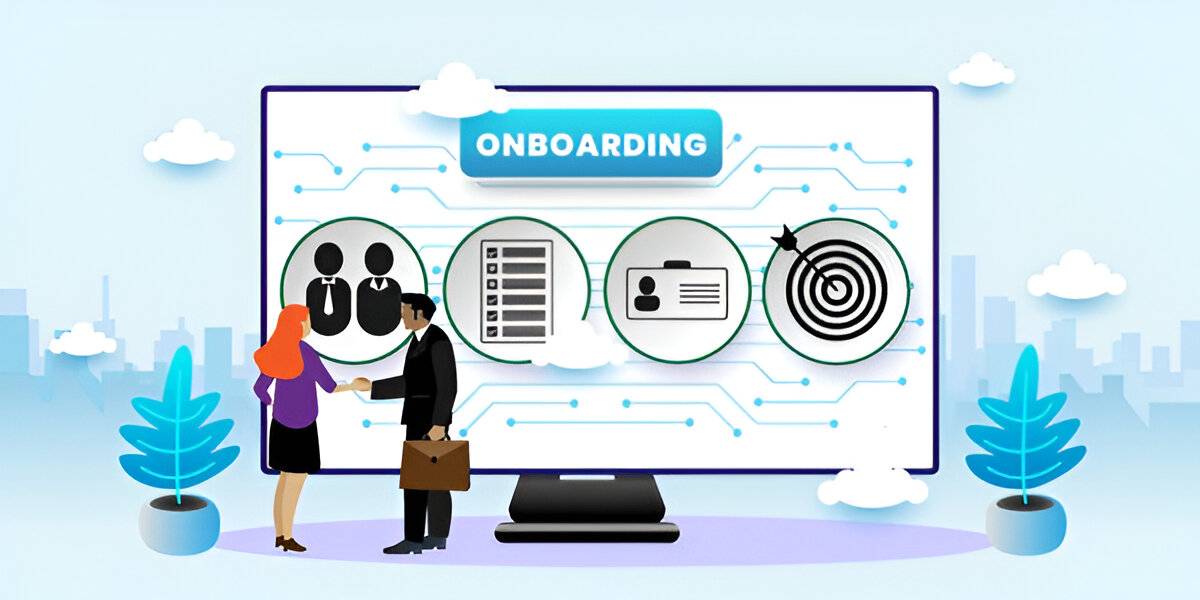When you land a new client, the first few days are crucial. This is when trust is built, expectations are set, and the relationship either starts strong or falls apart. I’ve seen great projects turn messy just because the onboarding process was unorganized. On the flip side, I’ve worked with businesses that made onboarding so smooth it felt like checking into a luxury hotel — and I stayed with them for years.
The good news? You don’t need to be a software developer to create that kind of seamless experience. Thanks to no code client onboarding tools, you can design a system that collects client information, shares resources, schedules meetings, and manages documents — all without writing a single line of code.
In this guide, I’ll walk you through what makes onboarding effective, the no-code tools you can use, and how to tie them together into a single workflow your clients will love.
Why Client Onboarding Matters More Than You Think
Client onboarding isn’t just paperwork. It’s the start of your working relationship and sets the tone for everything that follows. A messy onboarding process makes clients question your professionalism before you’ve even started the real work.
Research from the Customer Onboarding Benchmark Report shows that businesses with a structured onboarding process retain customers at a significantly higher rate. In my own experience, a good onboarding flow reduces misunderstandings, keeps projects on track, and makes clients feel valued from day one.
When done right, onboarding answers these key questions for the client:
-
What happens next?
-
Who do I contact for specific needs?
-
How do I share the information you need?
The Challenge Without Automation
If you’re doing everything manually — sending emails one at a time, chasing down forms, attaching documents — you’re spending hours on tasks that could be handled automatically. Worse, manual onboarding increases the risk of errors.
I used to handle onboarding with a mix of spreadsheets, email threads, and paper contracts. It worked, but it was exhausting. Clients would send forms back late, important files would get lost in inboxes, and every project started with a little chaos.
That’s when I started exploring no code client onboarding solutions. By automating repetitive tasks and keeping all onboarding steps in one place, I was able to cut my onboarding time in half and give clients a much better first impression.
Core Components of a No Code Client Onboarding System
Before we look at specific tools, it helps to know the key parts of an effective onboarding system. At its core, onboarding should:
-
Collect Client Information – Things like business details, contacts, preferences, and project requirements.
-
Share Resources – Onboarding guides, timelines, FAQ documents, or welcome videos.
-
Schedule Meetings – Initial kickoff calls or project planning sessions.
-
Manage Contracts and Payments – Sending proposals, signing agreements, and collecting deposits.
-
Track Progress – Making sure no step is missed, both for you and the client.
These steps don’t need to happen in separate apps or through endless emails. A no-code approach lets you link everything together so the client moves through them smoothly.
Best No-Code Tools for Client Onboarding
There’s no single “right” stack of tools — it depends on your workflow. But here are some that have worked well for me and others in the no-code community.
Form Builders
Google Forms, Typeform, and Tally are great for gathering client details in a structured way. Typeform’s conversational style can make data collection feel more engaging.
Scheduling Apps
Calendly and TidyCal allow clients to book a time for kickoff calls without the back-and-forth emails. You can integrate these with video conferencing tools like Zoom or Google Meet.
Document Management
Notion and Google Drive are solid for sharing onboarding materials. You can create a dedicated folder or a custom client portal in Notion for a more branded feel.
Contract & Payment Platforms
HelloSign (now Dropbox Sign) and PandaDoc handle e-signatures, while Stripe or PayPal can take care of payments. Some platforms like Bonsai combine both.
Automation Tools
Zapier and Make (formerly Integromat) are the glue that connects everything. You can trigger an email, create a folder, or send a Slack message automatically when a client completes a form.
How to Build a No Code Client Onboarding Workflow
Let’s walk through an example so you can see how these tools connect.
Imagine you’re a freelance designer. You start with a Typeform link in your welcome email. The client fills it out with their company details, brand guidelines, and project goals.
Once they submit the form, Zapier kicks in: it creates a new folder for them in Google Drive, adds their information to your CRM, and sends them an email with a link to book a kickoff call through Calendly.
When they choose a time, Calendly automatically sends them the meeting link and adds the event to your Google Calendar. Meanwhile, Zapier can also send them a contract via PandaDoc and even trigger an invoice through Stripe.
Within 24 hours, you’ve gathered their information, scheduled the first meeting, sent a contract, and shared resources — without manually doing any of it.
My Experience Implementing a No Code Onboarding System
When I switched to this method, the difference was night and day. I remember one client who told me, “I’ve never had such an organized start with a freelancer.” That feedback alone was worth the setup time.
The first version took me about two days to build. I started small — just automating the intake form and meeting scheduling. Over time, I added more steps, like auto-generating project timelines and sending personalized welcome videos.
The beauty of no-code tools is that you can start with the basics and layer on more features as you go. You don’t have to create a perfect system on day one.
Comparison: Manual vs. No Code Client Onboarding
| Feature | Manual Onboarding | No Code Onboarding |
|---|---|---|
| Time to Complete | 2–3 hours per client | 30–60 minutes per client |
| Risk of Errors | High | Low |
| Client Experience | Inconsistent | Smooth & Professional |
| Scalability | Difficult | Easy to handle multiple clients |
This table reflects my own experience after switching. The biggest gain wasn’t just time saved — it was the improvement in client confidence right from the start.
Tips for Creating a Smooth No Code Client Onboarding Experience
Keep it simple at first. The temptation is to automate everything, but too much complexity can cause errors and confuse clients. Focus on the two or three steps that eat the most of your time.
Brand your onboarding materials. Even if you’re using free tools, add your logo, colors, and tone of voice. Clients notice when everything feels consistent.
Test your system as if you’re a client. Fill out your own form, schedule a meeting, and sign your own contract to see what the experience feels like.
Keep refining. Ask clients for feedback after onboarding. Small tweaks can make a big difference in how the process feels.
Common Questions About No Code Client Onboarding
Do I need to pay for these tools?
Most offer free plans, but if you’re onboarding multiple clients a month, a small investment in premium features can save hours.
What if my clients aren’t tech-savvy?
Choose tools with a clean interface and provide a short welcome guide. Many clients will appreciate the clarity.
Can I use this for ongoing client management too?
Yes. Once onboarding is automated, you can extend the same approach to project updates, reminders, and feedback collection.
Final Thoughts: Start Now, Improve Later
Creating a no-code client onboarding system doesn’t have to be overwhelming. Start with the tools you already know, automate one or two repetitive tasks, and build from there. Every improvement you make reduces your workload and gives your clients a better first impression.
In my own business, moving to a no-code onboarding system freed up hours each week and made me look far more professional. Clients started projects already feeling confident in my process — and that confidence carried through to better results.
You don’t need to be a developer. You just need the right tools, a clear process, and the willingness to refine over time. So take a couple of hours this week, map out your current onboarding steps, and see where no-code tools can take over. Your future clients — and your future self — will thank you.

